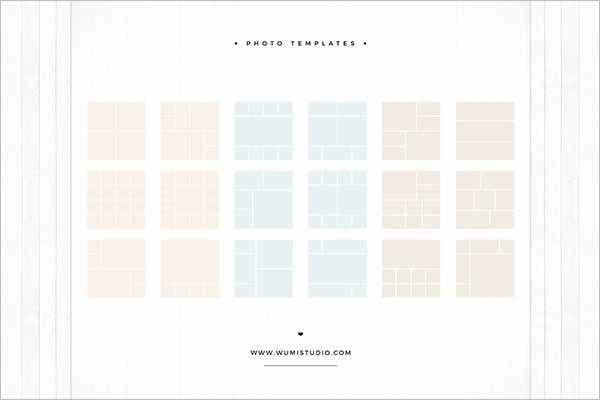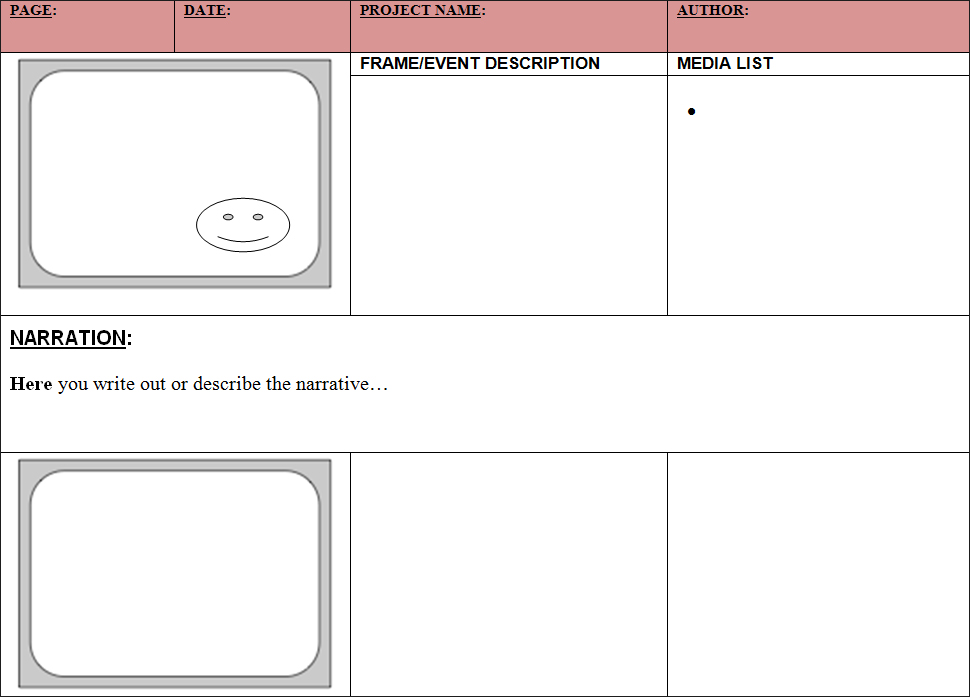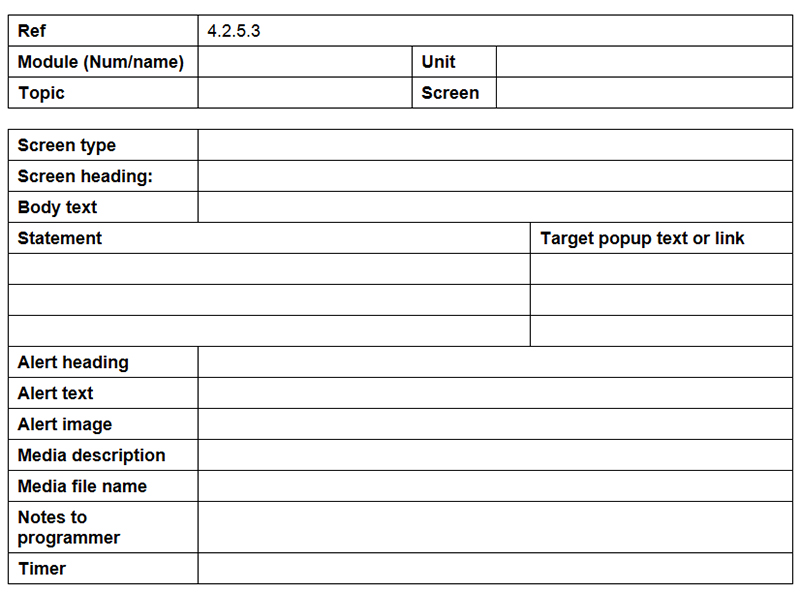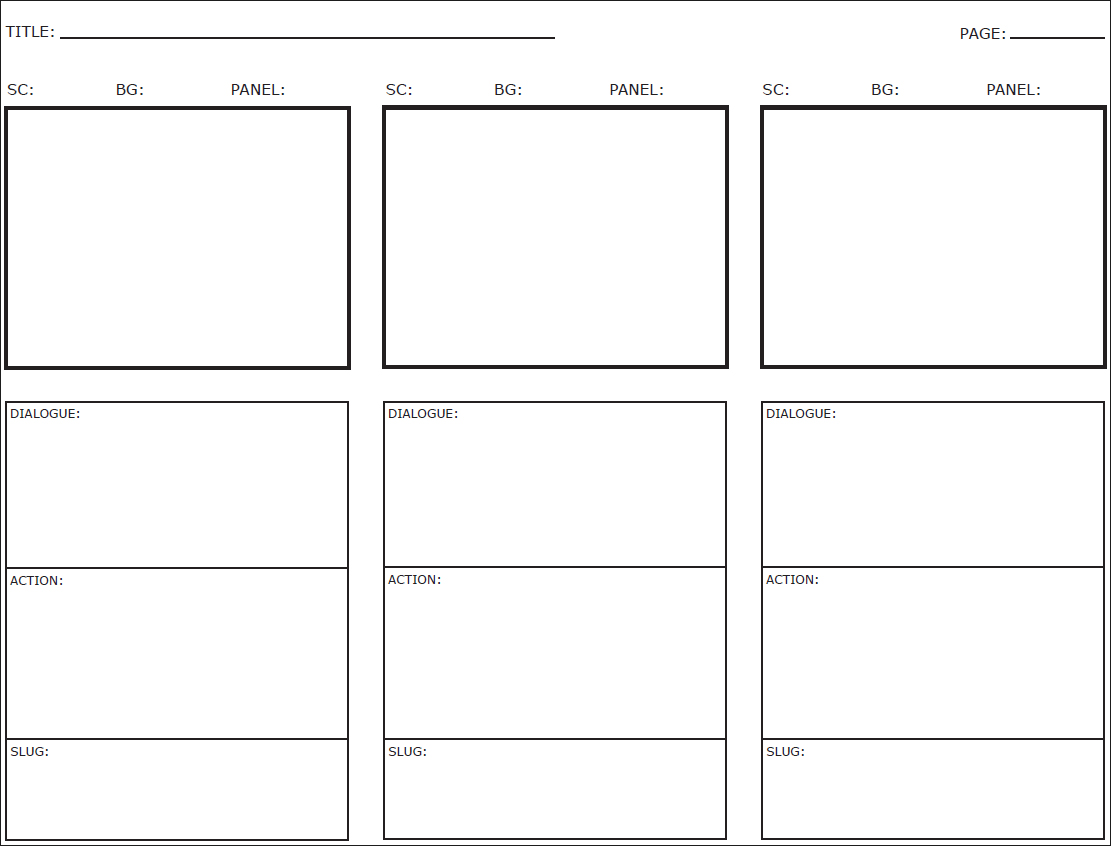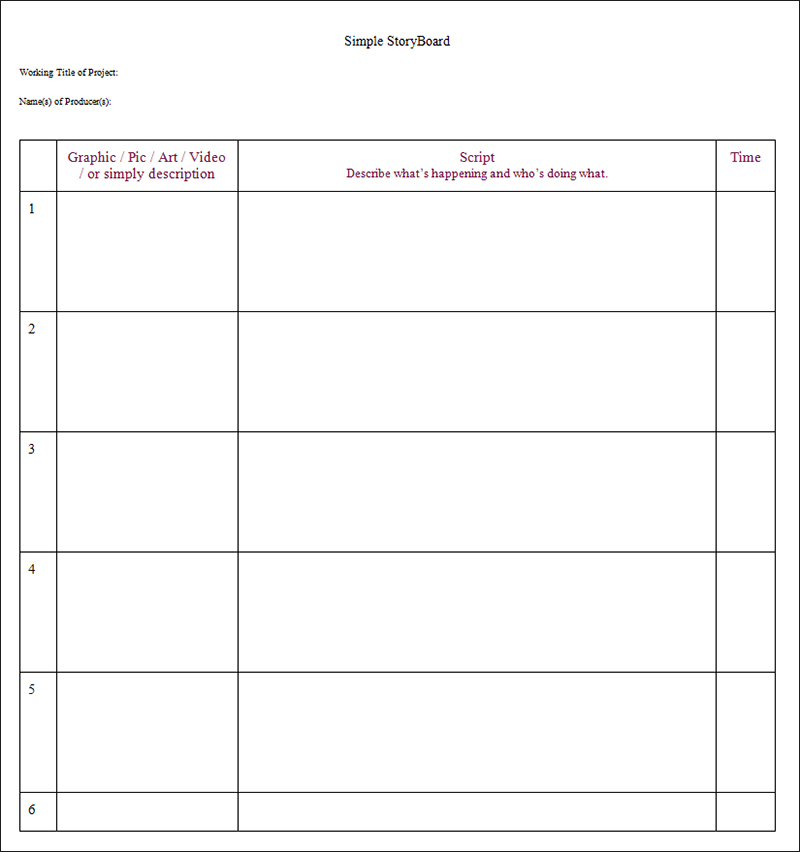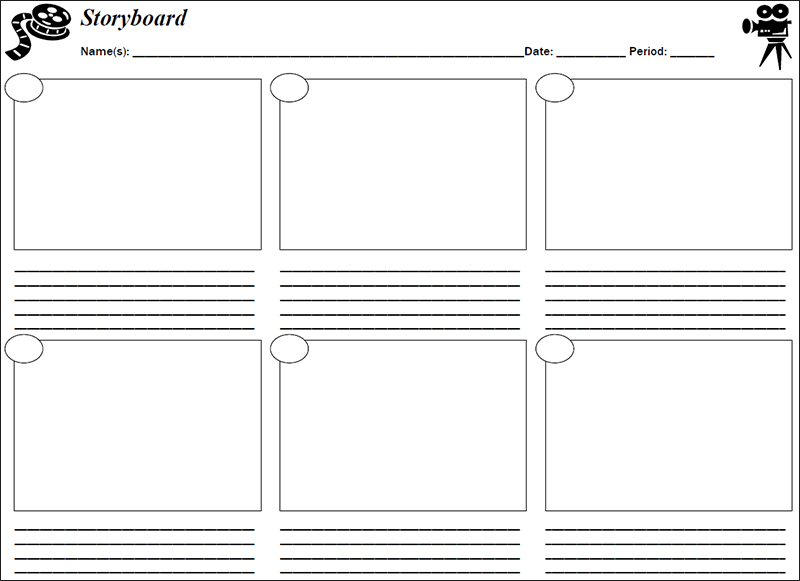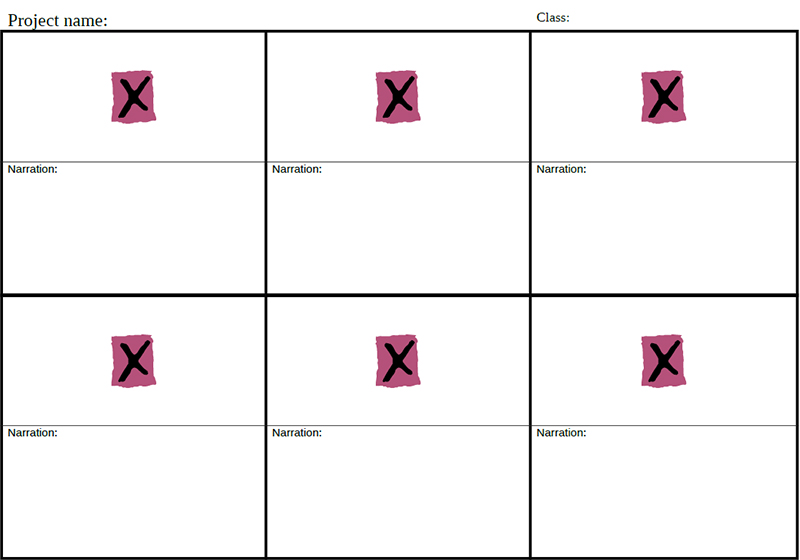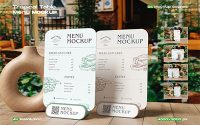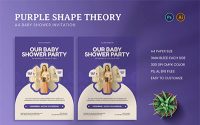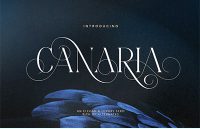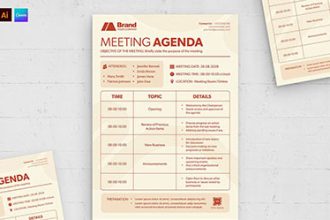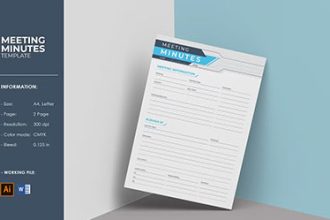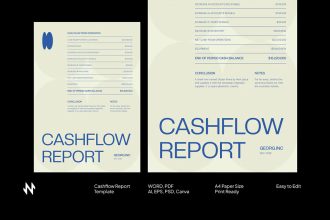https://www.creativetemplate.net/templates/In the realm of creative endeavors, from filmmaking to advertising, storytelling reigns supreme. And at the heart of every compelling narrative lies a meticulously crafted blueprint – the storyboard. A storyboard serves as a visual roadmap, outlining the sequence of events, framing, and visual elements of a story. In this article, we explore the significance of storyboard templates and how they streamline the storytelling process across various industries.
Anatomy of a Storyboard Template
At its essence, a storyboard template is a pre-designed layout that organizes the key components of a story into a series of panels. Each panel represents a specific scene or shot, accompanied by notes or descriptions detailing the action, dialogue, and camera angles. These templates come in various formats, ranging from traditional paper-based layouts to digital tools equipped with customizable features. Regardless of the format, the primary goal remains consistent – to provide a visual blueprint for bringing a story to life.
Streamlining Creativity: The Role of Storyboard Templates
Storyboard templates serve as catalysts for creativity, offering a structured framework that fuels the imagination of storytellers. By breaking down the narrative into sequential segments, these templates provide a clear visualization of the story’s progression. This not only helps in maintaining coherence and continuity but also enables creators to experiment with different visual compositions and pacing. In essence, storyboard templates empower storytellers to refine their ideas and transform them into tangible visual representations.
Collaborative Efficiency: Facilitating Teamwork
In collaborative creative endeavors, such as filmmaking or advertising campaigns, effective communication is paramount. Storyboard templates serve as a common language, enabling seamless communication and collaboration among team members. From directors and cinematographers to designers and editors, everyone involved in the creative process can refer to the storyboard to align their vision and ensure consistency in execution. This collaborative efficiency not only saves time but also enhances the overall quality of the final product.
Adaptability and Versatility: Meeting Diverse Needs
One of the defining features of templates is their adaptability to diverse storytelling needs. Whether it’s a short film, an animated series, or a marketing campaign, there exists a plethora of storyboard templates tailored to specific requirements. From the classic linear storyboard layout to more specialized templates for 3D animation or virtual reality experiences, creators have access to a wide array of tools to suit their project’s unique demands. This versatility ensures that storyboard templates remain relevant across a spectrum of creative disciplines.
Conclusion: Empowering Creativity through Storyboard Templates
In the fast-paced world of creative storytelling, storyboard templates serve as indispensable tools, guiding creators from concept to execution. By providing a structured framework, fostering collaboration, and adapting to diverse needs, these templates empower storytellers to unleash their creativity and transform ideas into captivating narratives. As technology continues to evolve, so too will the landscape of templates, ensuring that the art of visual storytelling remains vibrant and dynamic in the years to come.

